Never mix acid and chlorine directly. Shock chlorination of a private well.
Add acid to the well water check ph and then add chlorine.

How to shock a well with chlorine.
Mix 2 quarts bleach in 10 gallons of water.
The recirculating water should have a strong odor of chlorine if the chlorine demand has been met.
Shock chlorination is the most widely recommended means of treating bacterial contamination in home water systems.
How much chlorine to use.
This publication contains guidelines for safely and effectively using shock chlorination a standard treatment for.
Take any charcoal filter.
Open each faucet and let the water run until a strong chlorine odor is detected then turn it off and go to the next one.
Mix and add chlorine solution in a well ventilated area.
Prepare the well plumbing system equipment.
Shock chlorination is the process by which home water systems such as wells springs and cisterns are disinfected using household liquid bleach or chlorine.
Should you decide to shock chlorinate your well yourself take the following precautionary measures.
If water has a high ph it will have to be lowered to 6 65 to ensure effective shock chlorination.
To get good distribution in the well attach a hose to a nearby hydrant or faucet and put the discharge end of the hose in the well.
Connect a garden hose to a nearby faucet and wash down the inside of the well.
This can be done with acid such as muratic or phosphoric or dry acids like sulfamic or sodium bisulfate.
Remove the cap at the upper terminal of the well casing and pour.
This video is designed to provide assistance in shock chlorinating wells.
Concentrated chlorine solutions for shock chlorination can be dangerous.
Then start the pump to recirculate chlorinated water back into the well.
Preventing electric shock from the water pump.
Steps in shocking a well.
Fix any leaks inoperative controls or obvious nearby contaminant sources.
Introduce the chlorine solution into the top of the wel l.
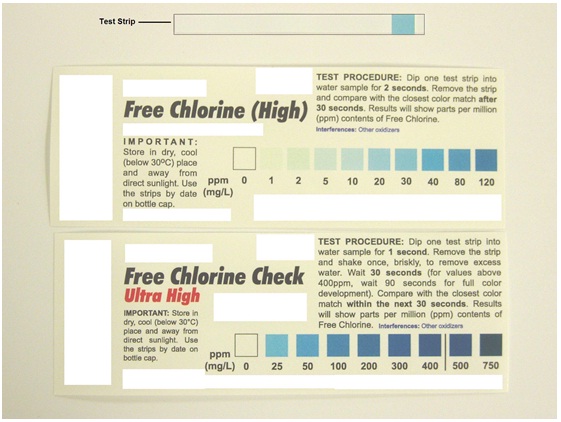


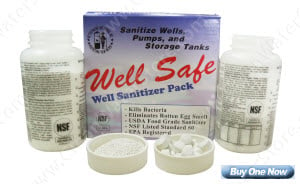




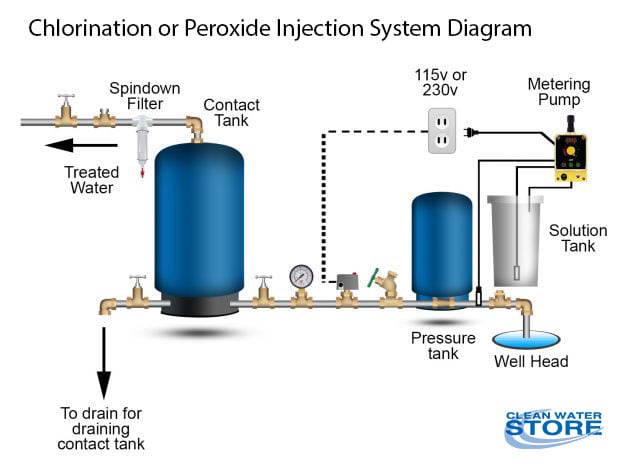
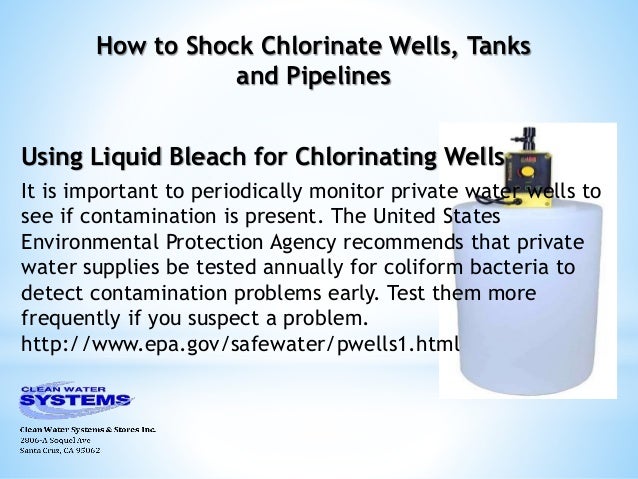

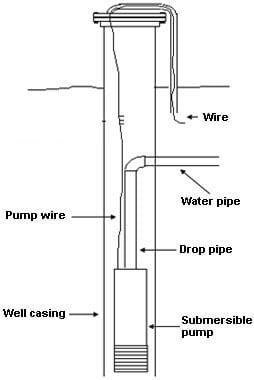





No comments:
Post a Comment